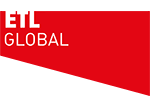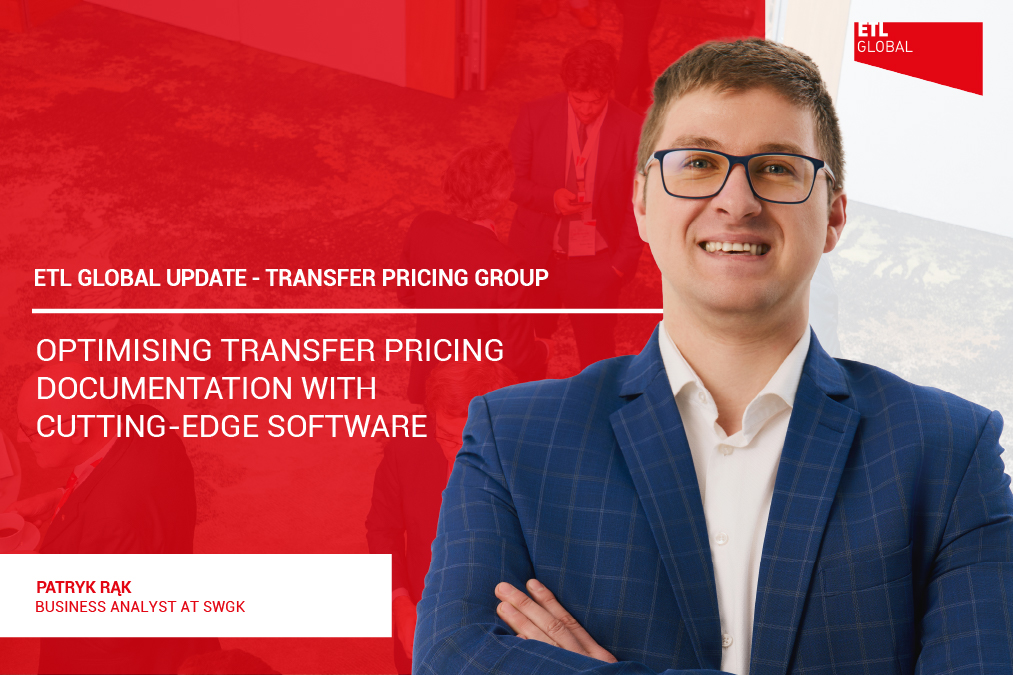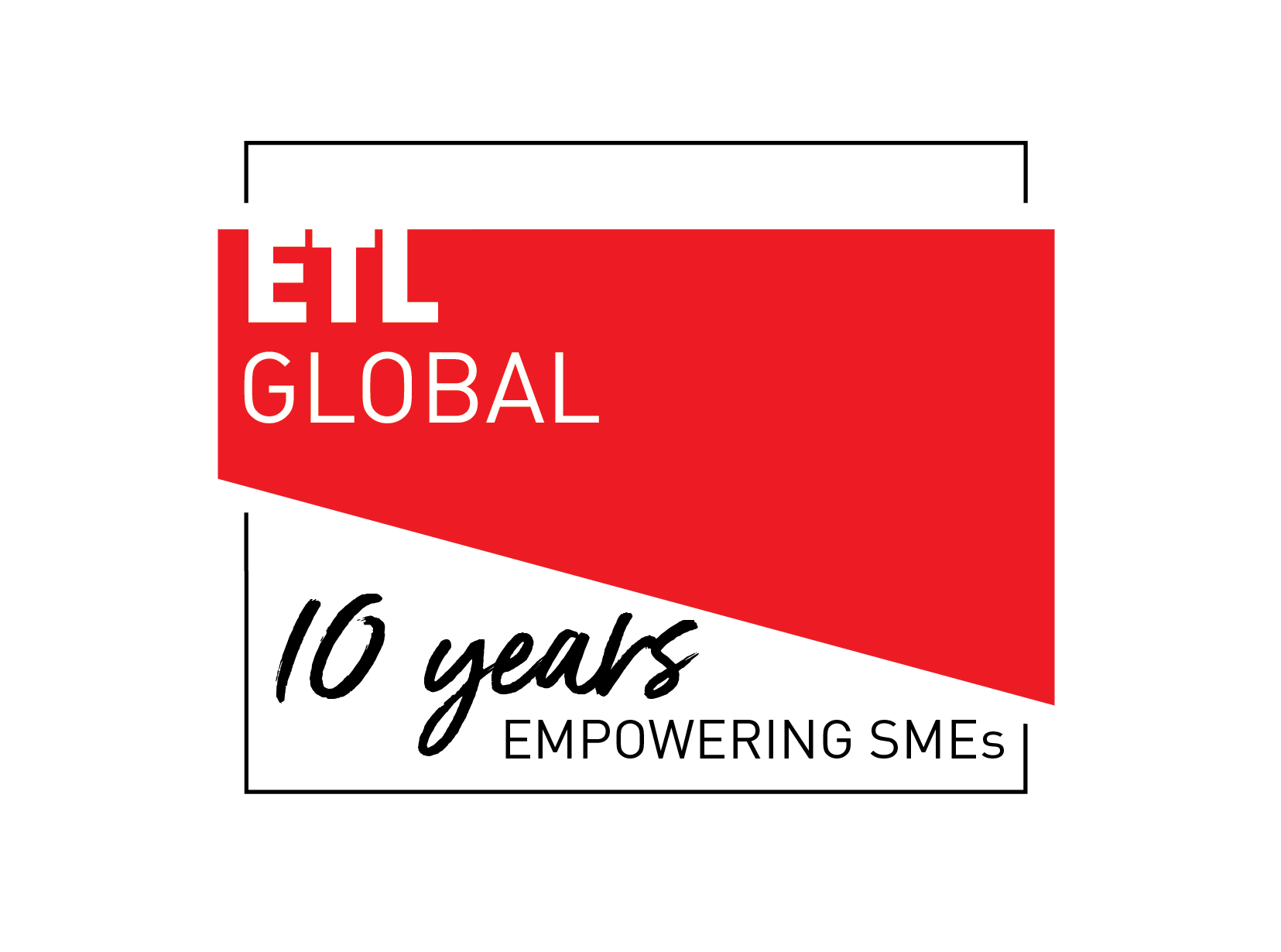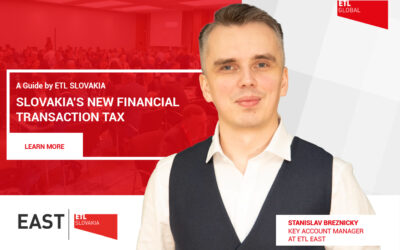In the dynamic landscape of global business, transfer pricing documentation has become a critical component for multinational enterprises to ensure compliance with international tax regulations. Traditionally, preparing transfer pricing (TP) documentation has been a labour-intensive and complex task, often requiring substantial manual input and coordination among various departments. However, the advent of cutting-edge transfer pricing software is revolutionising this process, providing significant benefits in terms of efficiency, accuracy and compliance.
Streamlining TP Documentation with Smart Transfer Pricing Software
Modern transfer pricing software offer an array of tools designed to streamline the preparation of TP documentation. These solutions leverage technologies to automate routine tasks, reduce irregularities and ensure consistency of TP documentation.
- Automation and Efficiency: By automating data collection and processing, transfer pricing software significantly reduce the time and resources required to prepare TP documentation. Systems allow the collection, import, and analysis of information and documents in electronic form within a single database. Finally, the IT tool should enable the generation of comprehensive reports with the minimisation of human intervention.
- Compliance and Accuracy: Advanced transfer pricing software ensures that TP documentation is in line with ongoing regulatory requirements. These solutions are regularly updated to reflect changes in international tax law and OECD initiatives. This helps companies maintain compliance and avoid penalties associated with non-compliance.
- Enhanced Coordination: transfer pricing software facilitate better coordination among teams by providing centralised platforms where all relevant data and documentation are stored. This enhances transparency and enables seamless collaboration, ensuring that all stakeholders have access to the most up-to-date information.
- Models for deploying and managing: Modern transfer pricing software should have the capability to deploy and manage both on-premises and in the cloud. This flexibility allows organisations to choose the most suitable environment for their applications and data, ensuring optimal performance, security, and cost-efficiency. Additionally, having a hybrid approach enables seamless scalability and adaptability to change business needs and technological advancements.
Customisable Transfer Pricing Software solutions
One of the significant advantages of modern transfer pricing software is their ability to be customised to meet the specific needs of a company. These solutions can be tailored to handle the unique complexities of different industries and regions, offering a flexible approach to transfer pricing documentation.
- Data Integration: Customised transfer pricing software can integrate with existing financial systems, pulling in data from various sources such as ERP (Enterprise Resource Planning) systems, accounting software, databases and data warehouses. This ensures that all relevant information is captured accurately and efficiently.
- Scalability: As companies grow and expand into new markets, transfer pricing software can scale to accommodate increased data volumes and more complex transfer pricing structures. This scalability ensures that the system remains effective even as the business evolves.
- Collaboration with Consultants: Modern transfer pricing software should enable effective collaboration with consultants on ongoing transfer pricing documentation tasks. It allows both internal teams and external experts to work together in real-time, sharing information, analyses, and recommendations. This feature ensures consistency and accuracy in TP documentation and enables quick responses to changing regulatory requirements.
Cost Reduction and Time Savings
By automating many of the manual processes involved in TP documentation, transfer pricing software can lead to significant cost reductions. Companies can save on labour costs and minimise the risk of costly irregularities. Additionally, the time savings achieved through automation allow tax professionals to focus on more strategic tasks, such as analysing transfer pricing policies and focusing on business decisions.
Future Outlook
The future of transfer pricing documentation lies in the continued advancement of transfer pricing software. As technologies such as AI and ML become more sophisticated, they will provide even greater insights and efficiencies. Companies that embrace these cutting-edge solutions will be well-positioned to navigate the complexities of international tax regulations, ensuring compliance and optimising their transfer pricing strategies.
In conclusion, the evolution of transfer pricing documentation through innovative IT solutions represents a significant leap forward for multinational enterprises. These smart solutions not only streamline processes and enhance efficiency but also ensure compliance with ever-changing regulations, making them an indispensable tool in the modern business landscape.
Transfer Pricing Manager by ETL GLOBAL Member SWGK
In today’s ever-evolving global business environment and to enable these innovations and support these advancements, ETL GLOBAL Member SWGK offers Transfer Pricing Manager (TPM), a sophisticated tool designed to manage transfer pricing risks in capital groups efficiently. TPM helps to handling the complexities of transfer pricing documentation efficiently, including the following key features:
- Modularity and Process Automation: TPM is based on the idea of transfer pricing documentation modularity and process automation. This approach significantly reduces the time and effort needed to compile and reuse documentation elements.
- Automated Processes: Enables creation, management, and collection of information on related party transactions in an automated manner, including local file and master file documentation. This tool automates processes and reduces the time needed to prepare transfer pricing documentation. It can generate derivative documents such as “mirror” documentation for the counterparty of the transaction and documentation for subsequent years (“periodical”).
- Continuous Monitoring: TPM automatically verifies the work of users and displays information that allows for continuous monitoring of progress in the preparation of documentation to meet certain assumptions.
- Centralisation of Information: Centralises management of tax documentation and all source documents, ensuring comprehensive information storage and easy retrieval.
- Management of Access Rights: Allows for different levels of user authorisation, protecting confidential information and enabling involvement of multiple stakeholders in the documentation process.
- Consultant Collaboration: TPM’s export-import solutions enable efficient collaboration with consultants on ongoing transfer pricing documentation activities. They allow internal teams and external specialists to collaborate instantly, sharing information, analysis and recommendations. This functionality ensures consistency and accuracy of documentation and enables rapid adaptation to evolving regulatory requirements.
- Deployment Flexibility: This transfer pricing software offers versatile deployment options, allowing it to be implemented both in the cloud and on-premises.
Technological advancements are playing a pivotal role in shaping the market landscape. The transformation driven by technological innovations forces businesses, global corporations, and consulting firms to continuously adapt to new realities. Only organisations that can quickly adjust to changing conditions are able to maintain competitiveness and achieve market success.
Adapting to these changes thus becomes not only a challenge but also an essential element of the strategy for any company aiming for sustainable growth and competitive advantage. In this context, managing transfer pricing also becomes crucial. With globalisation and the increasing complexity of international transactions, proper transfer pricing takes on critical importance. By optimising transfer pricing documentation with cutting-edge software, organisations can streamline processes, enhance efficiency, and ensure compliance with ever-changing regulations.





